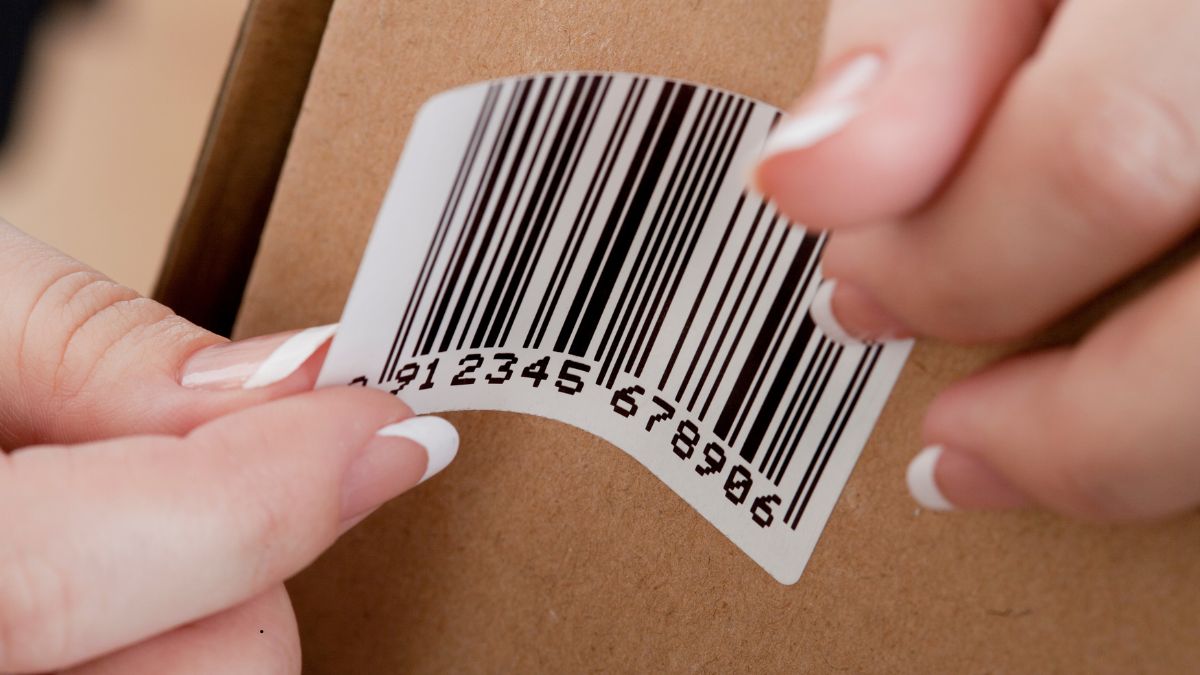
In South Africa, accurate labelling is more than a legal requirement—it’s essential to customer trust and product safety. Whether you’re selling food, cosmetics, or pharmaceuticals, a single mistake on your label can lead to fines, recalls, or even product bans.
Why proper labelling matters
Labelling gives consumers key details like what the product contains, how to use it, and when it expires. It also plays a vital marketing role—an attractive label can help drive sales. But above all, it ensures transparency and compliance with national regulations.
For food items, labelling laws require ingredients, allergens, nutritional info, net weight, and expiration dates. Cosmetics and pharmaceutical products must also include tracking codes and usage instructions.
Most common labelling errors
-
Wrong or missing information: Misleading labels—like calling a product “peach yoghurt” when it contains no peaches—can result in serious consequences.
-
Application errors: Labels applied at the wrong angle, peeling off, or unreadable due to poor placement often stem from machine misalignment.
-
Outdated regulations: South African labelling requirements change frequently. Manufacturers who don’t stay updated risk compliance issues.
How to prevent labelling issues
Using automated labelling machines equipped with vision systems can reduce mistakes. These systems detect mislabelled or poorly placed stickers and automatically remove defective packages.
Regular staff training and equipment checks also help ensure that labels are readable, accurate, and meet South African compliance standards.
Bottom line: Labelling isn’t just a formality—it’s a legal and brand-critical step. To protect your business and gain customer trust, get the details right the first time.

